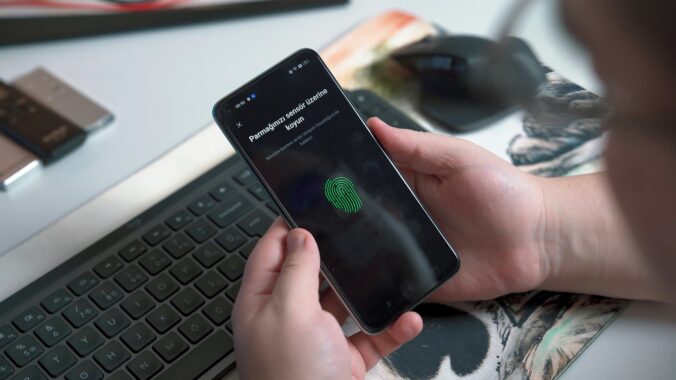Hi Chelsey,
I enjoyed how you shared your journey with social media. It made your reflections feel relatable and genuine. Your point about being intentional with what we follow resonated with me, especially how you’re curating accounts around your career interests. I also appreciated how you included the conversation about Emma Chamberlain and Mac DeMarco. It added a unique, real-world perspective to your post.
I wonder if you could expand a little on your section about digital literacy by adding a quick example of how someone might actively break out of an echo chamber or fact-check content they see online? That could give readers something practical to try.
Your post flows well, and the visuals complement your writing. Excellent work, your perspective comes across as honest and encouraging!
Hi Navya,
I connected with your original view of social media as mainly for fun or keeping up with friends, I felt the same before this course. I appreciated how clearly you explained your shift in perspective, especially the influence of Shelley Moore’s video. Your point about social media amplifying diverse voices and supporting inclusivity stood out to me. I also liked how you described your WordPress blog becoming more than an assignment; it’s inspiring to see you using it as a space for ongoing reflection and professional growth.
I also found your explanation of Personal Learning Networks (PLNs) both clear and practical. It made me think about how I could be more intentional in building mine by following people and communities that align with my goals.
I wonder if the section on building a PLN could be even more effective with a short example of a specific account, group, or interaction that has influenced your learning so far. Adding that might help readers better visualize how PLNs work in real life.
Your blog layout is clean and easy to follow, and the images complement your writing well. A small suggestion, maybe include more visuals to break up the writing.
Great job on this honest, thoughtful reflection!
https://onlineacademiccommunity.uvic.ca/boshrasaravi/
Hi Bosha,
I’m glad you’re so passionate about helping children and their families succeed. It’s my passion too, which is why I’m going to school to become an elementary teacher! I agree with what you said-learning is always ongoing, and it’s important to stay relevant in any field. Things are constantly changing.
Yes, I can relate. During COVID, when in-person learning wasn’t possible, social platforms were how I communicated with friends and family. It was an interesting time; however, it opened the door to remote work, digital communication tools, and online businesses.
It’s great to see you using social media as collaborative tools, like Facebook. I also use groups; however, I mainly rely on Instagram as a tool.
I read that you have a busy schedule juggling many things at once. I can relate; I also juggle 50 hours a week, three UVIC courses, a boyfriend, family, and friends. But if it weren’t for online courses, it wouldn’t be possible to take courses during such a busy time. I’m grateful they give me more flexibility to complete assignments.
I appreciate you sharing that, as an educator, you keep your account private. I need to do this too; however, I need to figure out how because my account is a business account. Please let me know if you have any suggestions on how to do this while maintaining privacy.
I agree we need to learn these technology skills so we can teach future generations and keep them educated. Great job on your post, and the content is excellent. One suggestion is to align photos with the text or even use a text column paired with images, as this could help make it look more organised.

